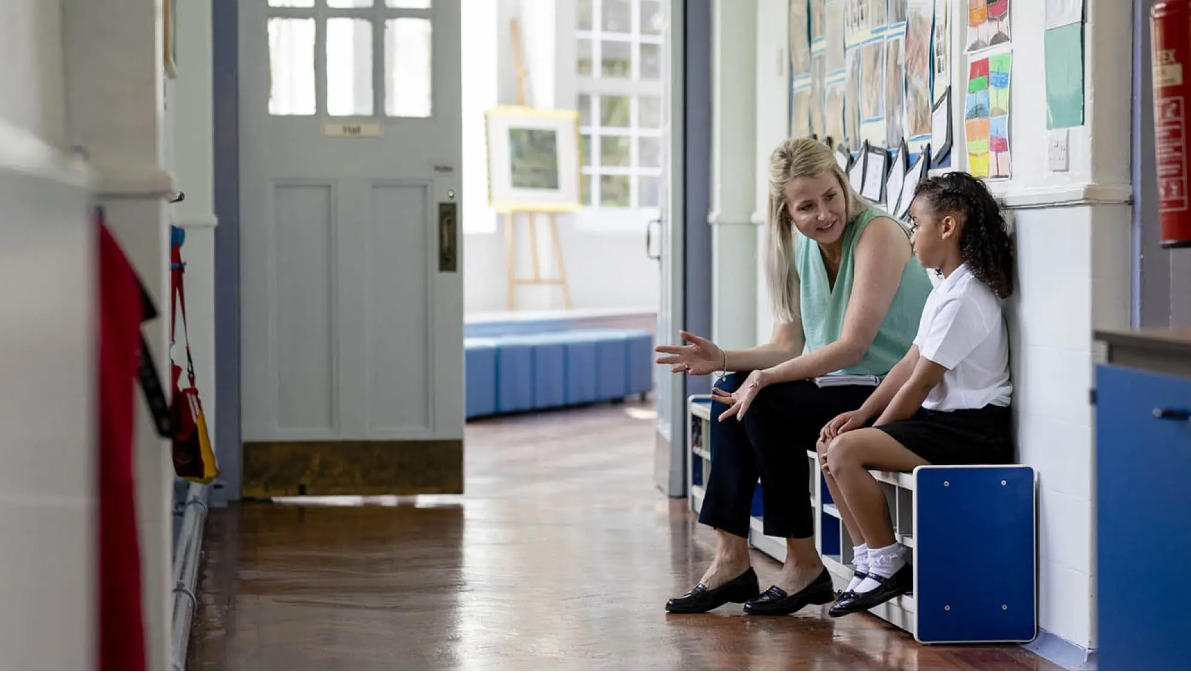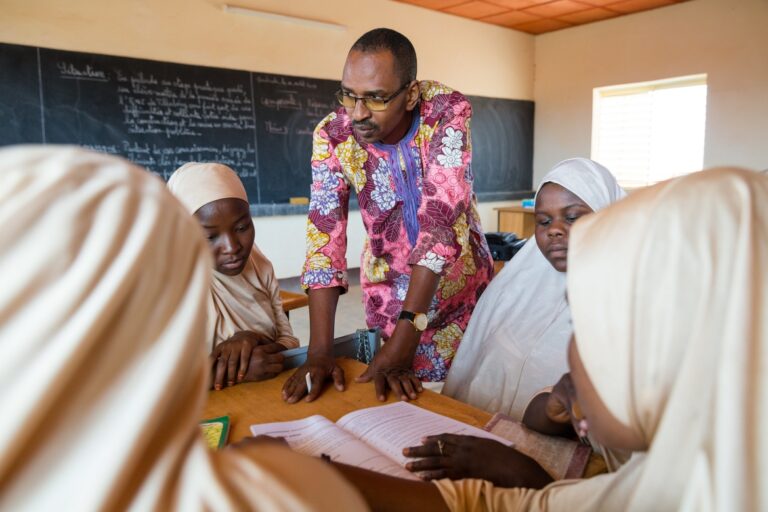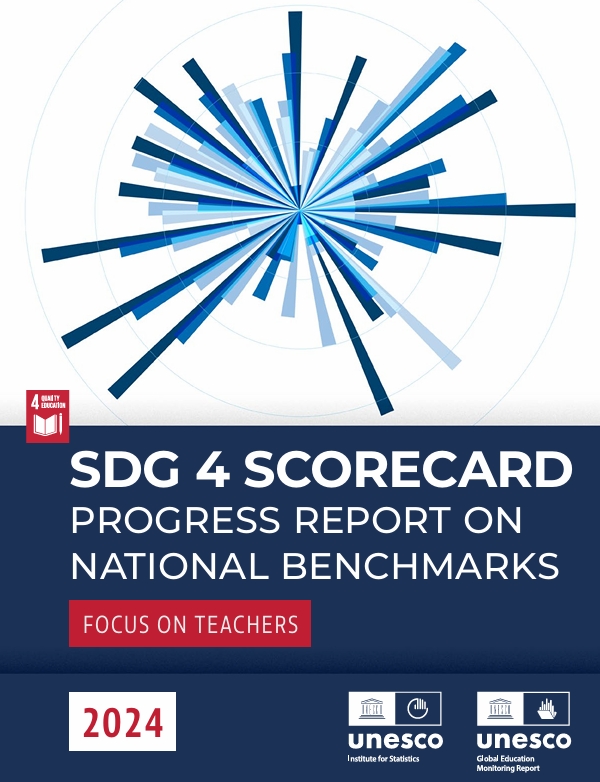A recent field experiment set out to evaluate the effectiveness of a light-lift professional development workshop designed to address challenging teacher-student relationships through social perspective taking. The researchers — Johns Hopkins’ Hunter Gehlbach, Plymouth State University’s Bryan Mascio, and Harvard Graduate School of Education’s Joseph McIntyre — asked educators to problem-solve by taking on the perspective of the students they most struggled to connect with and understand. Improvements were shown on multiple levels:
McIntyre, who had collaborated with Gehlbach on past projects, became involved at the study design stage. With a focus in statistical analysis, his contributions ensured that the data collection reflected the goals of the study.
The workshop — which the researchers tested at a K–9 charter school — begins with a 90-minute training on cognitive biases. In this session, participating teachers review some common cognitive biases that could impede their ability to understand and connect with students, and lead to snap judgments. For example, a teacher might consider just one reason they assume is behind a student’s negative behavior, then only seek evidence to confirm that reason, rather than explore the conflict with an open mind.
Teachers are then invited back for another 90-minute workshop, during which they are asked to:
“A lot of PD, especially one-offs, say, ‘Here's a trick or a tool. Have at it.’ Sometimes it's a little more sophisticated than that, but it's saying, ‘In this circumstance, do this,’” says Mascio. “We didn't pretend learning was mechanistic. Our basis was, ‘these are professionals, they have some sense of how to navigate the complex system.’ We're simply providing them with a new lens to think about this particular situation they were in, and then we're going to let them ... navigate it afterwards.”
Connect with us :






